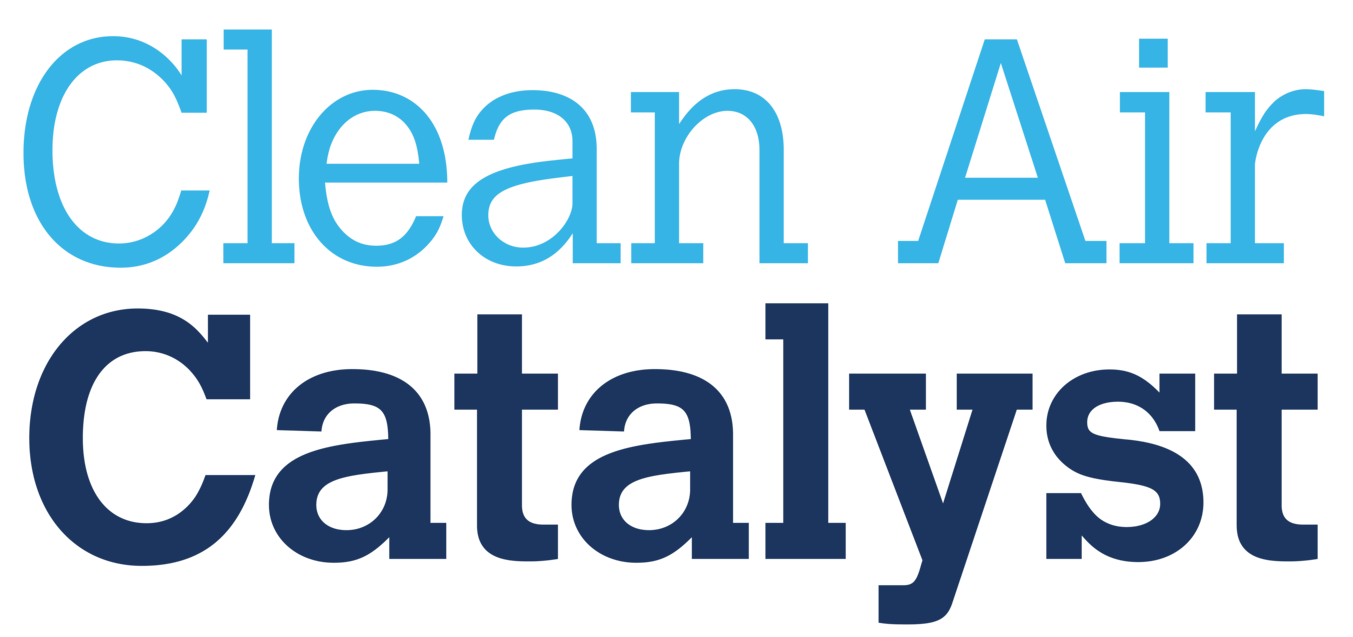Project Update: Clean Air Catalyst Launches in Nairobi
By George Mwaniki and Amelia Flack, WRI, June 15, 2022
As work to accelerate global clean air solutions continues, Clean Air Catalyst, a partnership funded by the U.S. Agency for International Development (USAID) and led by WRI and Environmental Defense Fund, is adding Nairobi, Kenya to the project's portfolio of pilot cities. Nairobi joins existing programs in Jakarta, Indonesia and Indore, India as the third city where the Catalyst will focus its efforts.
The World Health Organization estimates that 99% of the world’s population lives in places where air quality guideline levels are not met, a problem that leads to nearly 7 million premature deaths per year, primarily in low- and middle-income countries. Clean Air Catalyst aims to slow this trend by helping cities prioritize air quality solutions that protect health and improve equity while simultaneously confronting the climate crisis.
How the Clean Air Catalyst Will Reduce Air Pollution in Nairobi
Air pollution in Nairobi is 2.4 times higher than the level considered safe by the World Health Organization, and poor air quality is responsible for more than 19,000 deaths in Kenya each year. Air pollution also affects urban livability, including hindering commerce and posing outsized harm to women and children. The worst air quality is found in the city’s informal settlements, areas that house more than 70% of Nairobi’s residents.
Nairobi’s city leaders have signaled a commitment to tackle this issue by developing a city-wide Air Quality Action Plan and passing the Nairobi City County Air Quality Act. However, additional strategic efforts must be taken to protect human life and well-being, particularly for the communities most vulnerable to air pollution.
Clean Air Catalyst’s third pilot project will involve close collaboration with national and local government agencies, including Nairobi Metropolitan Services, the Nairobi City County Government, the Ministry of Environment and Forestry, and the National Environment Management Authority. The project will prioritize the participation of community members and other local stakeholders to develop a shared understanding of local sources of air pollution, which will be accomplished through the mobilization of air quality monitoring equipment, and through capacity building of local coalitions of public, private, and community partners. The project will result in the identification and implementation of effective and sustainable solutions to cleaner, healthier air.
We invite you to learn more about the pilot project and follow Clean Air Catalyst’s progress by subscribing to our newsletter and visiting our website for project updates.

